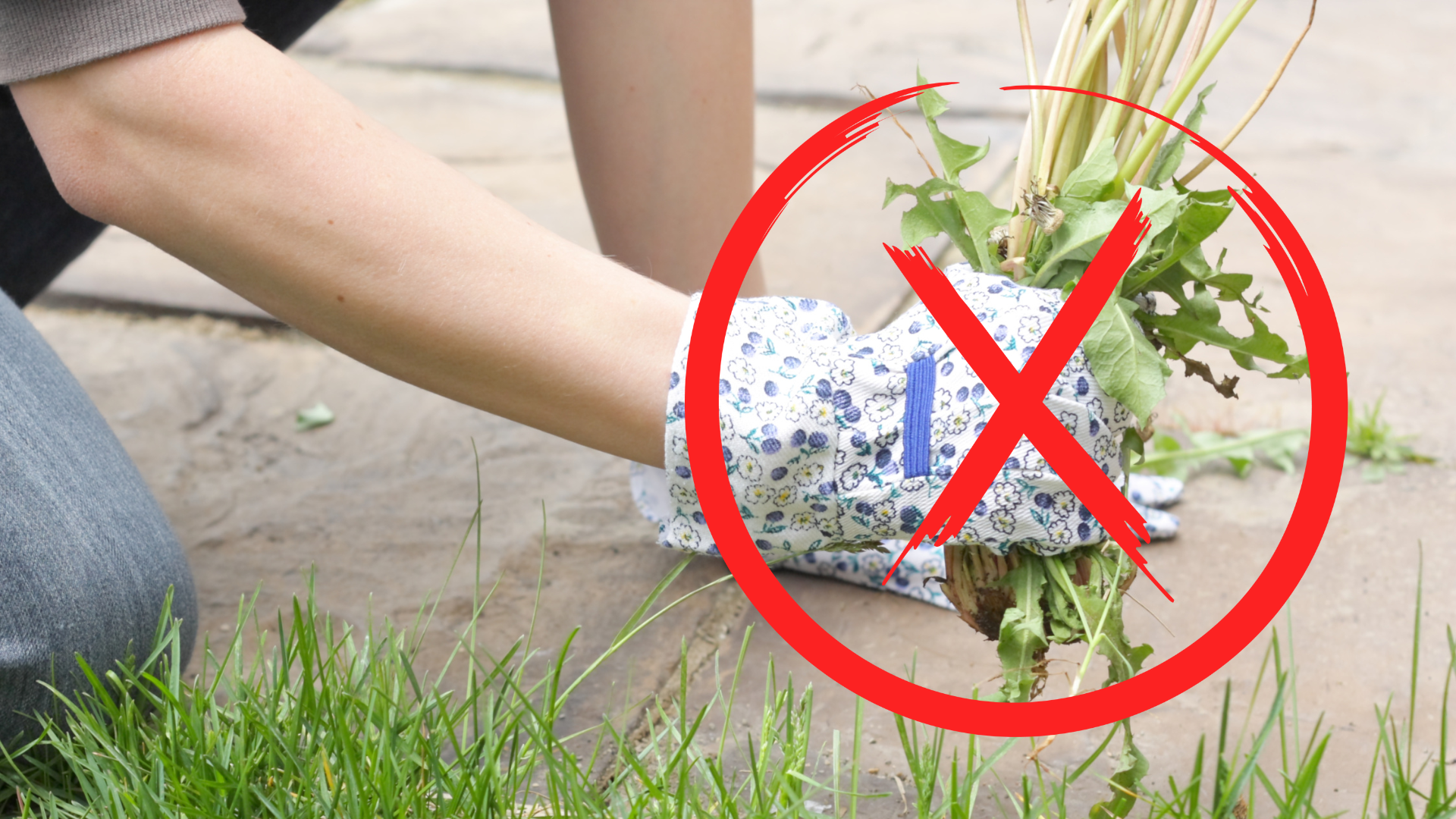Weeds are our Friends...

What Is The Purpose Of Weeds?
If you grow your own food or really anything intentionally, you might think of weeds as enemies to your fruits, vegetables, or other plants. I mean, we see them competing for space and nutrition from the soil, right?
But in reality, weeds can be highly beneficial to your food forest. This is because they are typically highly-adaptable plants that can thrive in a range of conditions and help maintain biodiversity. By learning how to work with weeds, you can accelerate the process of building healthy soil and building a sustainable, productive ecosystem.
Here are some of the main benefits of keeping weeds in your garden;
Benefits of Weeds
They act as indicators. By getting to know what kind of conditions each weed thrives in, you can diagnose issues with soil fertility, compaction, and more.
They accumulate nutrients. Some weeds have long taproots that bring up minerals from the subsoil, while others attract beneficial organisms that increase soil fertility.
They prevent erosion. They’re often the first plants on the scene when the soil has been damaged or left infertile by over-cultivation. They quickly restore biodiversity to barren land so that nature can begin the healing process.
Beneficial Weeds
If you see these weeds in your garden, consider keeping them around. When they get too unruly, cut them back and lay down the cuttings as green mulch. This will prevent more weeds from popping up in their place and build up the organic content in your soil.
Dandelion (Taraxacum officinale)
Dandelion often grows in compacted soils and uses its long taproot to loosen the soil and bring up nutrients. Highly nutritious, dandelion leaves and roots can be eaten or used for their medicinal properties.
Beneficial characteristics:
– Long taproot
– Attracts beneficial insects
– Nutrient accumulator (Calcium, potassium, phosphorous, magnesium, copper, iron, silicon)
– Edible
– Medicinal
Yarrow (Achillea millefolium)
Not only does yarrow help accumulate nutrients and attract insects, but its leaves can also stimulate the decomposition process in your compost pile. In addition, when used as a chop-and-drop mulch, it helps build up healthy soil and might even repel some pests.
Beneficial characteristics:
– Long taproot
– Compost activator
– Attracts beneficial insects
– Nutrient accumulator (Calcium, potassium, magnesium, copper)
– Edible
– Medicinal
Chickweed (Stellaria media)
Chickweed often appears in soil that is cultivated and fertile. But it can also indicate poor drainage or soil compaction.
Beneficial characteristics:
– Attracts beneficial insects
– Nutrient accumulator (potassium, phosphorous)
– Edible
– Medicinal
Lamb’s Quarters (Chenopodium album)
Lamb’s quarters are now thought of as weeds but were historically cultivated by people worldwide. They have the purifying ability to restore healthy nutrients to poor quality or over-cultivated soil. If you let it grow in your garden, try to cut it back before it goes to seed because it spreads rapidly.
Beneficial characteristics:
– Nutrient accumulator (nitrogen, phosphorus, potassium, calcium, manganese)
– Edible
– Very nutritious
Broadleaf Plantain (Plantago major)
Broadleaf plantain commonly appears where the soil is compacted. Its long taproot extends deep into the earth to break up hard ground and accumulate nutrients.
Beneficial characteristics:
– Long taproot
– Acidic soil indicator
– Nutrient accumulator (calcium, sulfur, magnesium, manganese, iron, silicon)
– Edible
– Medicinal
White Clover (Trifolium repens)
White clover is an excellent ground cover. It protects bare soil from erosion and builds up healthy nutrient levels. Since it stays low to the ground, many gardeners use it as ground cover in orchards or along walkways in the garden.
Beneficial characteristics:
– Nitrogen fixer
– Attracts beneficial insects
– Nutrient accumulator (phosphorous)
– Edible leaves and flowers





